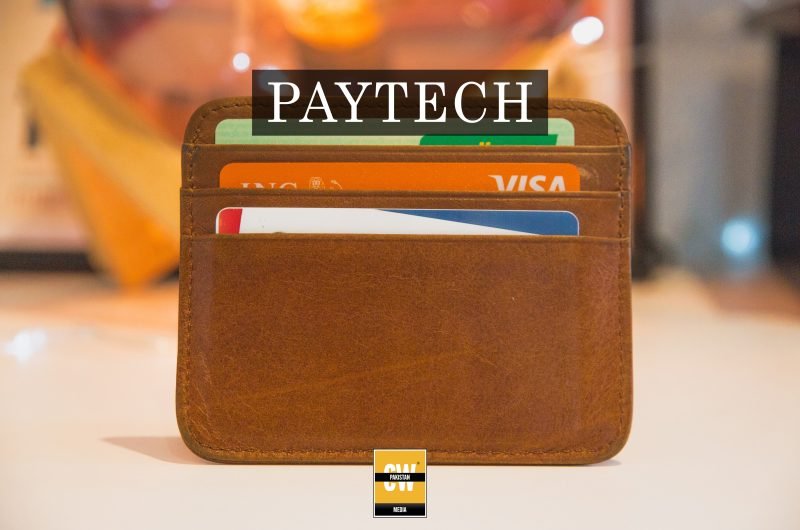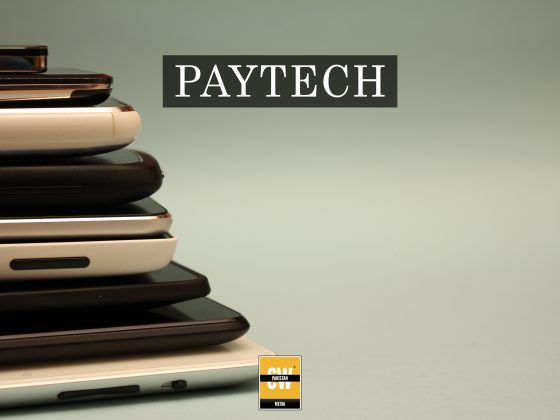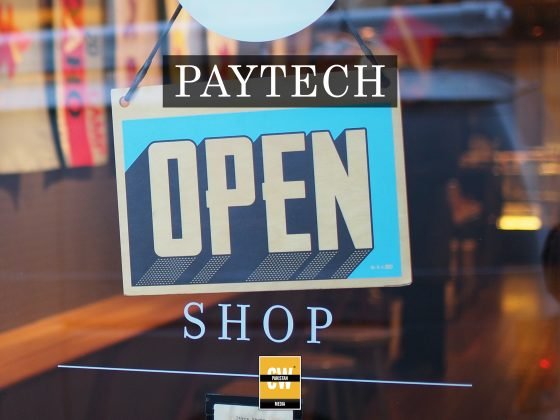The national adoption of digital payments could not only reduce the size of the informal and cash economy but it will enhance the country’s GDP by 7% by 2025, generate 4 million jobs, and add $263 billion in deposits in Pakistan, said a report “Transforming Pakistan Payment’s Landscape ” published by Karandaaz Pakistan.
There is also saving on the huge cost incurred in printing money that the Central Bank incurs as the State Bank of Pakistan (SBP) spends significant amounts on issuing and managing cash.
In the last financial year 2023-24, the banking regulator reported that it spent Rs 31 billion on printing, logistics, and replacing damaged currency. The report mentioned that the size of Pakistan’s documented economy is $341 billion and the share of the informal economy is estimated to be 64% greater than the formal economy.
While the space opened up by the fiscal deficit is occupied by the banking sector, the level of Currency in Circulation (CiC) has been on the rise as the lower end of the business spectrum continues to exist outside the formal economy limiting its own growth and that of the economy at large. Moreover, when a large chunk of the currency is kept in cash outside the banking channels, it limits the ability of the Central Bank’s ability to control inflation and manage economic stability.
In terms of a comparison of Pakistan with its regional peers, the CiC to bank deposit ratio in India is 17.8%, in Bangladesh, it is 16.7% while in Pakistan it is 34%. As of 2023, the CiC stands at PKR 9 trillion, and total bank deposits at PKR 30 trillion, resulting in a CiC-to-deposit ratio of 34%. This is much higher compared to India and Bangladesh.
This shows that there is a lot more currency in circulation as a proportion of the money supply in Pakistan compared to its regional peers. This trend reflects liquidity challenges and the dominance of informal cash-based systems within the Pakistani economy. Pakistan’s own National Financial Inclusion Strategy (NFIS) was introduced in 2015, leading to the country becoming one of 47 countries with a measurable set of goals.
The primary focus of this strategy was on payments and digital transaction services. This agenda targeted the establishment of 65 million active digital accounts by 2023 (a target yet to be achieved), with 20 million of those accounts held by women. With the introduction of RAAST, the country became one of the 57th countries in the world to have a National Payments System. The value proposition (before the introduction of RAAST) shows that there were just 1.3 transactions per person per annum (in 2019) in Pakistan compared to 16 in Indonesia, 21.3 in India, and 89.6 in Mexico during the same time period.
In Pakistan, the e-banking channels accounted for just 8% of transactions, with only 16% of government payments and receipts being digital. Furthermore, a significant 2.6 million remittance transactions, totaling Rs. 14.8 billion were conducted in cash.
The Person-to-Merchant (P2M) module was the third use case of RAAST, introduced for Pakistan’s Wholesale and Retail sector which accounts for 18% of the GDP and 31% of the services sector in the country. At an estimated 3 to 5 million merchants in the country, these establishments typically consist of grocery and food businesses, eateries and dining, electronics, apparel and shoes, entertainment, beauty and fitness, health and education and others (e.g. furniture shops, petrol stations, sanitary and hardware.
RAAST’s P2M model is designed to address the limitations of existing digital payment methods by offering a solution tailored to Pakistan’s economic and social context, the report added.








